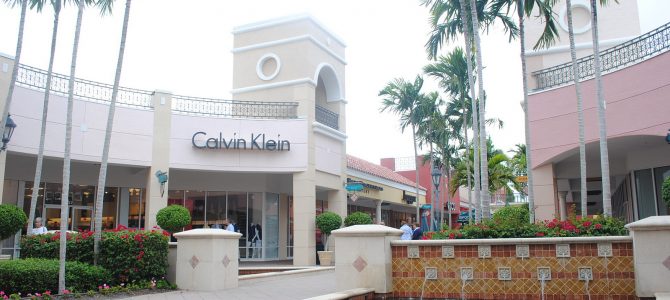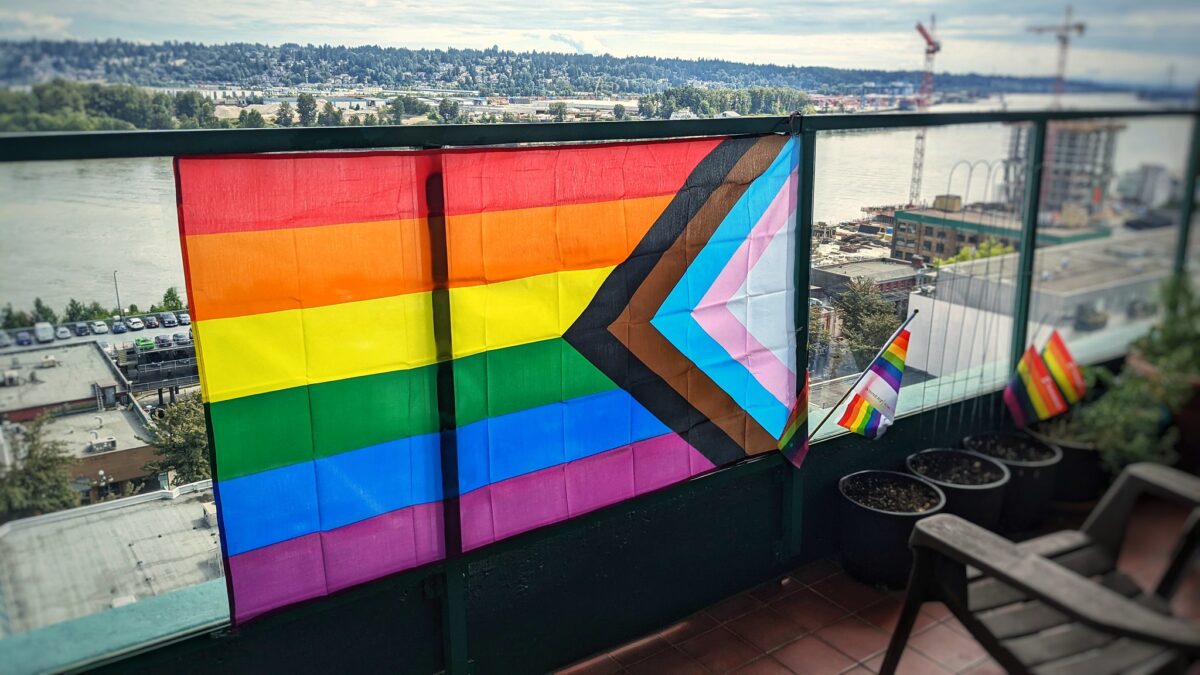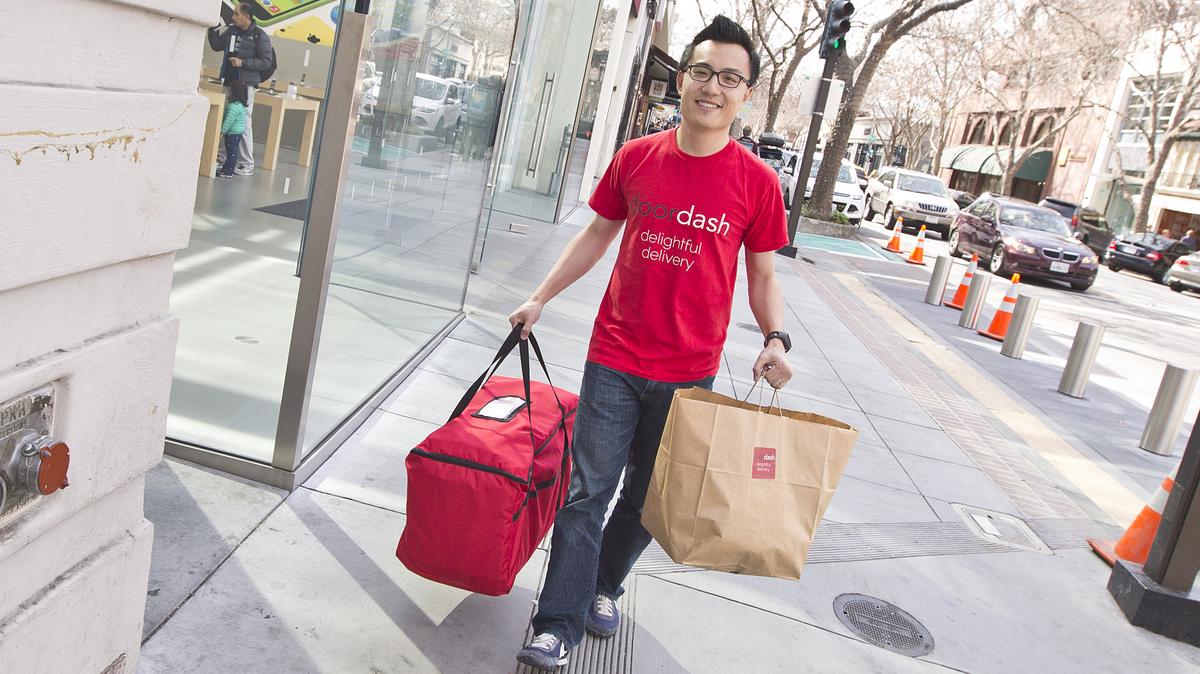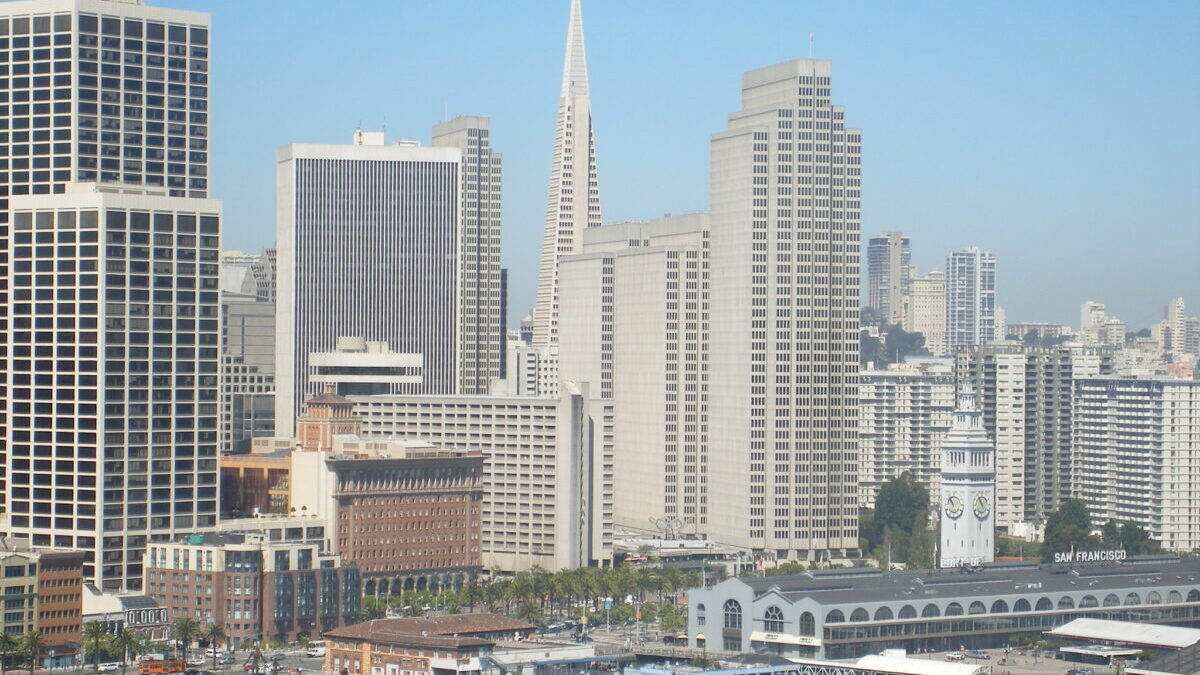
American retailers are going bankrupt at the fastest rate since the Great Recession. Many are sitting on mountains of volatile debt. J.C. Penney, Sears, Abercrombie & Fitch, GameStop, and others are shuttering locations left and right.
As Business Insider recently put it, dying shopping malls are wreaking havoc on suburban America. As they close down or fall into disrepair, shopping malls are, “in some cases, leaving jobless communities and rotting buildings that are hotbeds for crime in their wake.”
The commercial real estate firm CoStar “estimates that nearly a quarter of malls in the US, or roughly 310 of the nation’s 1,300 shopping malls, are at high risk of losing an anchor store.” In other words, quite a few malls could soon be three-legged stools with two legs. If they aren’t located in upscale urban areas, these struggling malls are much less likely to attract new anchor businesses, restaurants, or residential developers, partly because the income level and resulting demand for what many developers could offer just isn’t there.
How the Mall Ebb Fits Into the World
This deterioration is part of a larger trend, wherein BRIC countries (Brazil, Russia, India, China) and countries like Turkey and Mexico are experiencing an increased upwardly mobile and large younger demographic with major spending power. However, many Western countries are seeing the opposite, wherein the population is collectively aging and “several hundred million middle-class consumers are slipping down the ladder to join a global lower middle class.”
This is leading some experts to proclaim the end of mid-size and small strip malls and the emergence of shopping and dining wonderlands tailored to the moneyed classes who live in good neighborhoods: outdoor, ambient commercial and residential mall-neighborhood hybrid developments built along an orderly grid. Examples include Denver’s former Villa Italia Shopping Center, a 1.2-million-square-foot retail property that was demolished to make way for a large outdoor, mixed-use commercial and residential space, now the “iconic” Belmar Shopping + Dining District.
Belmar has been a major economic success since its 2004 inception. It’s even significantly driven up surrounding real estate values by some 700 percent. Belmar includes upscale apartments, a major ad agency, restaurants, and businesses of all kinds—yes, of course there’s a Whole Foods. As this Denver Post article notes, “Belmar was on the forefront of a national trend of creating high-density, mixed-use development that clustered along transportation corridors with an emphasis on getting around with a car.”
Goodbye, Traditional Big Box Malls
Indeed, traditional malls and their ugly parking lots are on the way out, according to experts like Christopher Leinberger, chair of the Center for Real Estate and Urban Analysis at George Washington University. Leinberger extolls the virtues of concepts like Belmar and believes the next recession will see up to 30 percent of strip malls and mid-size regional malls close, making way for a golden heyday of gentrified enclaves like Belmar.
Massive malls like the King of Prussia mall just outside Philadelphia will be fine, Leinberger says. It’s the medium-sized and generic, forgettable malls that will go the way of the dinosaur just like the Main Street, family-owned stores those same malls once put out of business when they got rid of the “little man.”
In his 1998 book “Main Street Blues: The Decline of Small Town America,” Richard Davies plumbs the depths of mom and pop shops that disappeared for today’s world of strip malls and chain stores. He focuses on the small town of Camden, Ohio and documents how society’s shift to large chain stores was already starting to gather serious steam by the early twentieth century.
The advent of television and widespread use of automobiles spelled the beginning of the end of communal life, as town became a bedroom community for nearby cities and people stopped spending as much time out and about, chatting and fraternizing in public spaces. Not only blaming the changes of outer society and technology, Davies also acknowledges towns simply wouldn’t get with the times and were thus overtaken.
Malls and mass production supplanting small enterprise was a long process, aided along by globalization and automation. Big box stores offered mass-volume prices that small family businesses just couldn’t compete with. The so-called “liquid modernity” posited by Marxist sociologist Zygmunt Bauman became the new normal.
Increasingly, the most upwardly mobile people have become those able to move and live anywhere and adopt new customs and behavior without any significant attachment to locality. Many social institutions can barely react to the rapid pace of today’s technological and social change, much less keep up with it or present a dominant counter-movement.
Is it Back to Main Street Again?
Now, from all indications, the future might include imitation Main Street faux neighborhoods replete with glitzy showrooms for high-tech products and fancy clothes, as users browse and try out products they can later decide about buying online. The look-only concept is being tried out by companies like menswear retailer Bonobos, and seeing some success. The real world is a tactile, experiential version of what you can later find and acquire on your computer.
It’s the furtherance of the “experience economy,” a term first used in a piece in Harvard Business Review in 1998. The article posited an economy in which successful businesses would increasingly be engaged in “staging experiences” rather than just offering goods or services. The experience economy is the idea of offering customers immediate value and an ongoing interaction or connection to a brand that is part of an experience rather than just a dry monetary transaction.
As a developer behind the struggling Regency Square Mall in Richmond, Virginia put it of future plans to revitalize the emptying building, “We are trying to create a new experience and bring people in, to attract them to the Regency experience. What that means is we need theaters and craft breweries and restaurants and trampoline parks and laser tag — things that people can experience in real life to compete with the Internet. That’s becoming our big competitor now — the web. We want to give people real-life experiences.”
In many places and perhaps at some past time “real-life experiences” would also have been known as being part of a community and knowing those whose shops you frequent and whose families you care about. It would have meant having a life grounded in place, tradition, and ancestral connection. But the wheel just wasn’t good enough, I suppose, and the managerial class rounded it some more. That world had to be refashioned with even nicer name tags, even friendlier door greeters, and even more fleeting jobs that yield massive rallies on the stock market.
Living Inside an Amusement Park
Now even mid-size malls aren’t safe in the wave of modernization and urbanization as the countryside and smaller cities are increasingly left behind. The World Economic Forum promotes a future of “plural cities” to end the “poison” of populism and rural tribalism, and foresees a world of interchangeable global hubs. These hubs will undoubtedly include vast and amusing outdoor shopping and living developments with the authentically recreated architecture and ambience of days gone by — a shopping version of Westworld.
The one thing you can’t replace, though, is the people. As more and more move to the city and to new developments that mimic pre-mall human communities, what will be left but imitation cities full of people playing the roles delegated for them by Madison Avenue or Sheryl Sandberg?
Only a decade or two ago communities rued the disappearance of their local barber shop or hometown eatery and its replacement by large, impersonal chains stretching along the highway. Now it’s time for bigger, more well-connected consumer populations to be served what they want in ever more amusing and perfected fashion, in some cases even to create kitsch versions of the mom and pop stores people once frequented on a daily basis.
Progress waits for no man — it just leaves him stranded by an empty, decaying mall in Akron, Ohio.









